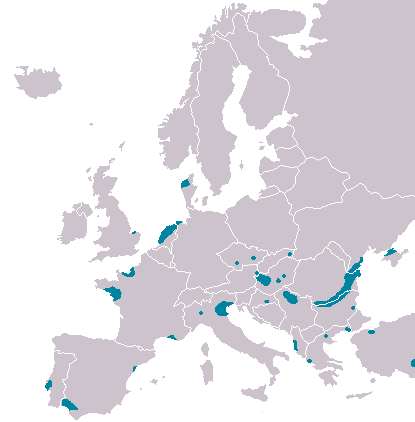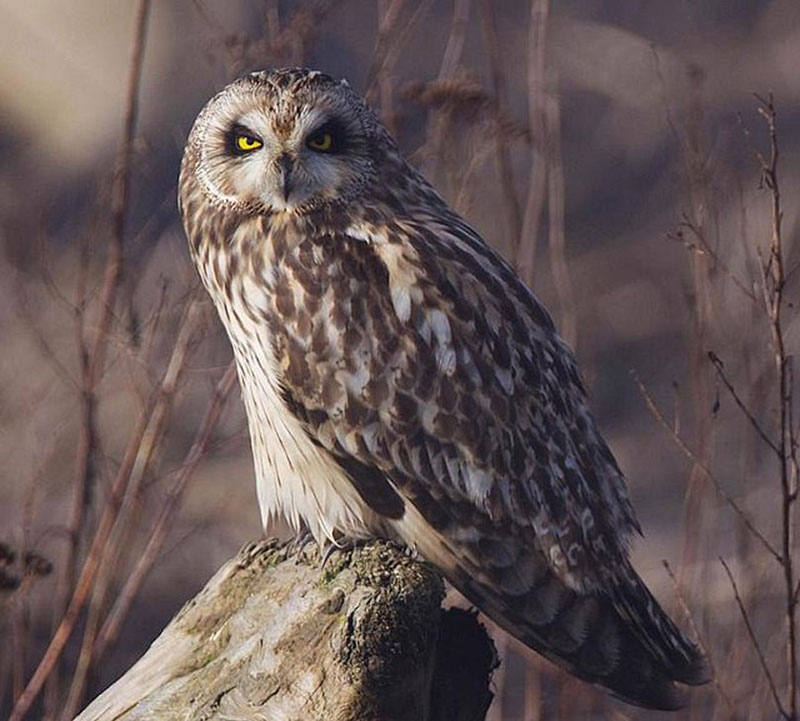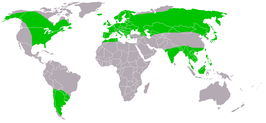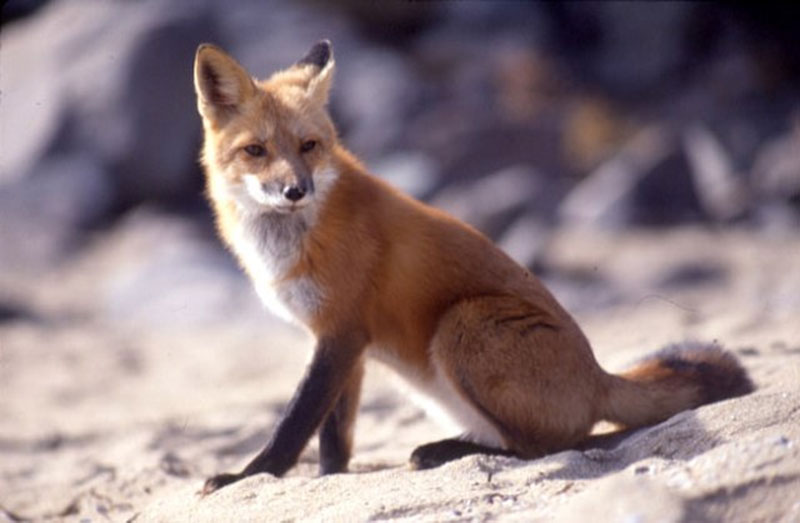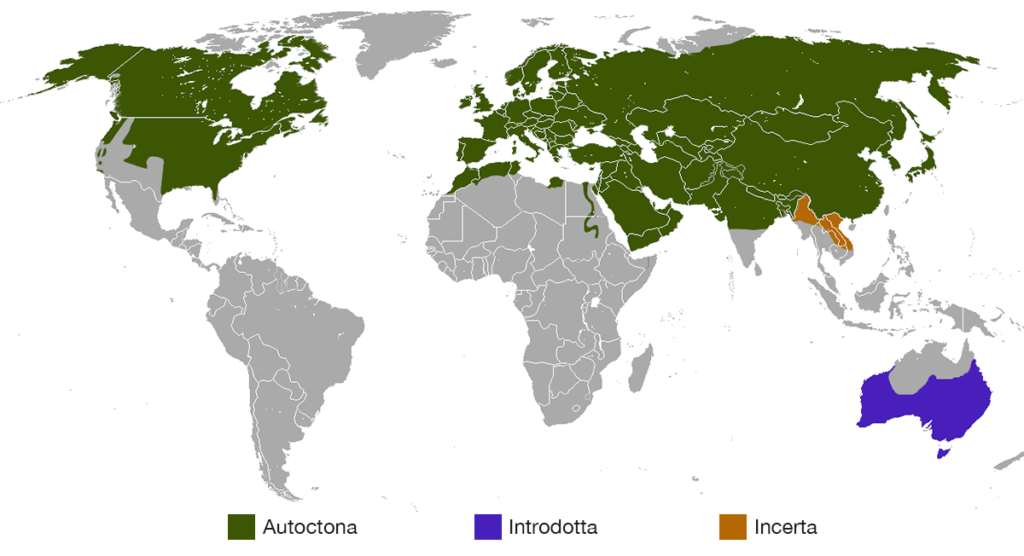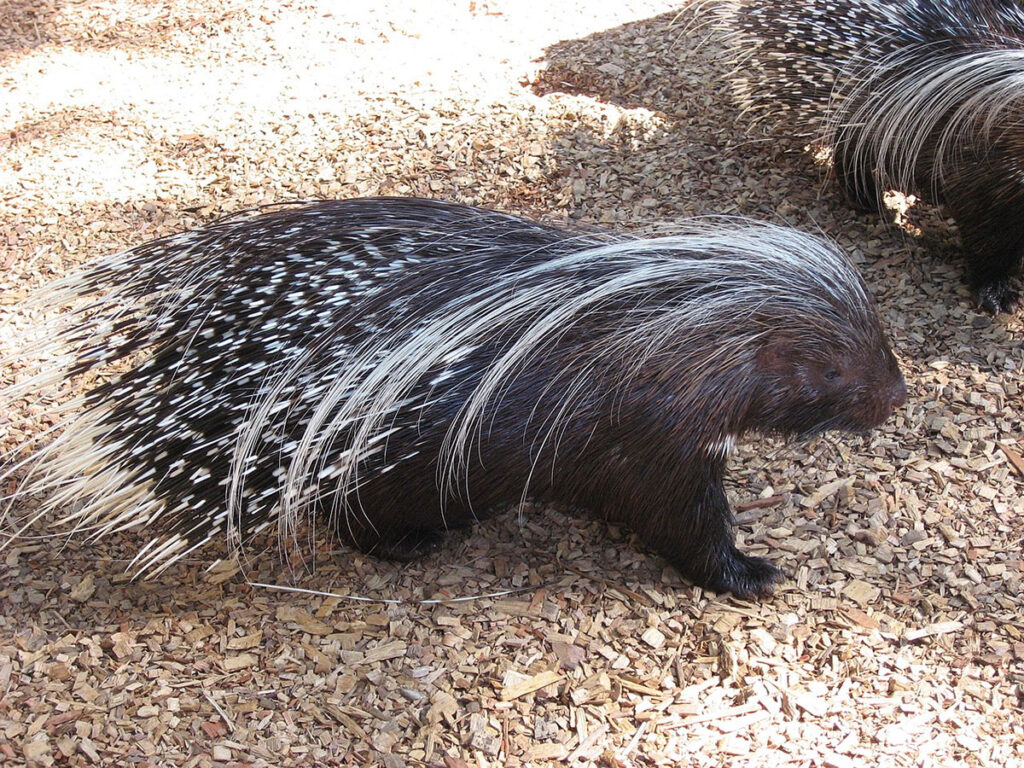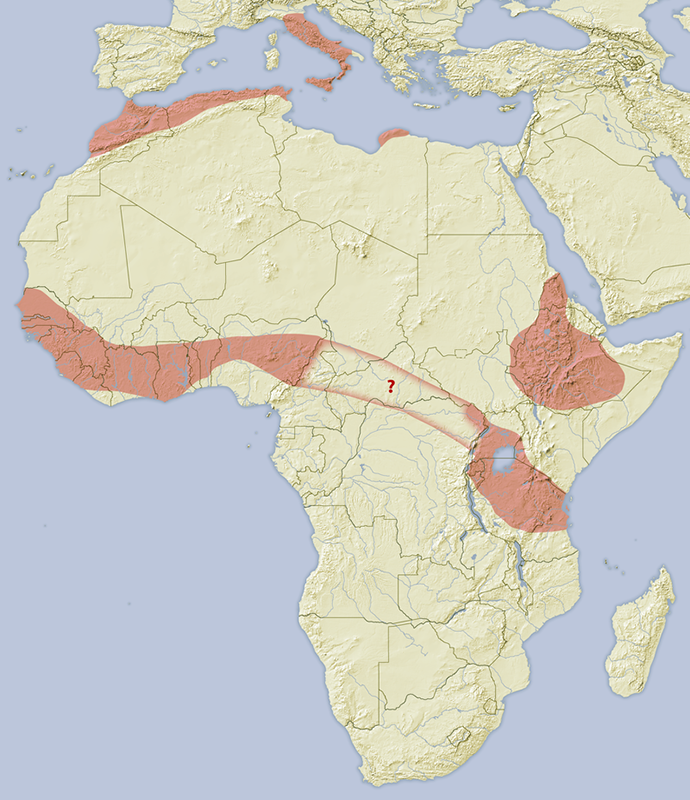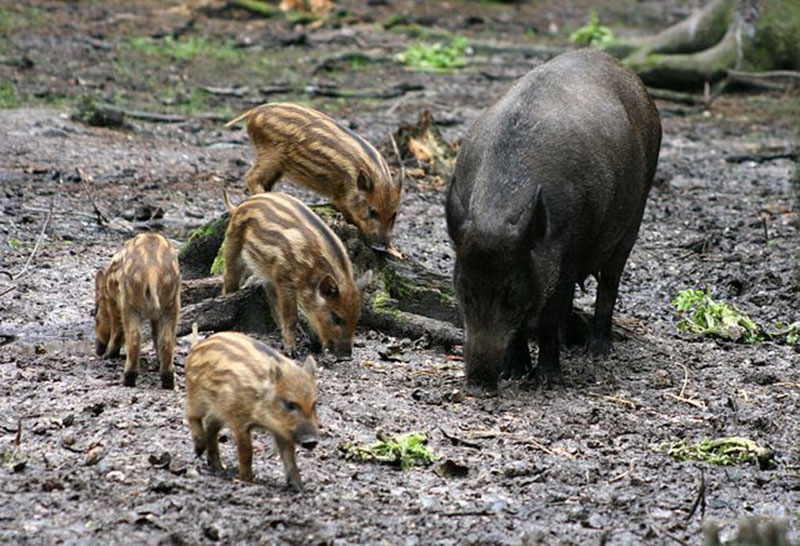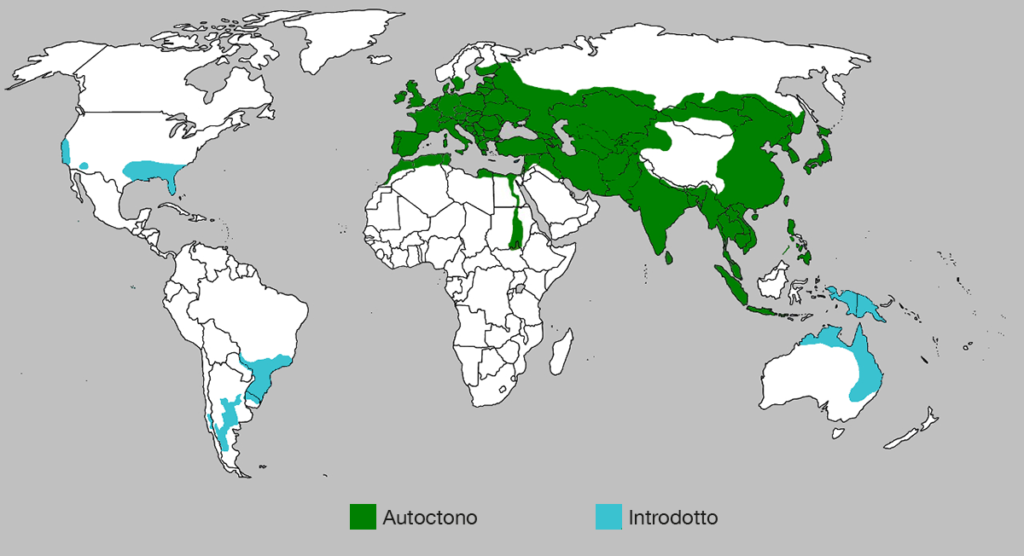Eurasian spoonbill
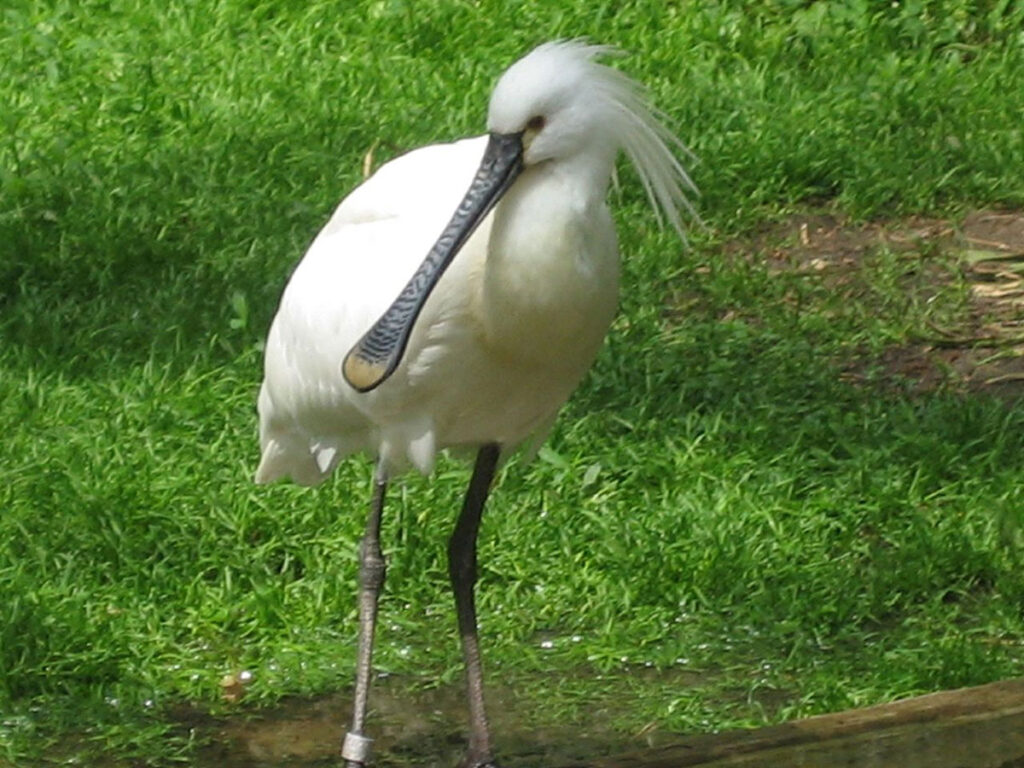
Common name: Eurasian spoonbill
Scientific name: Platalea leucorodia
Class: Aves
Order: Ciconiiformes
Family: Threskiornithidae
Nutrition: Fishes, amphibians, reptiles and plant debris.
Features: It is a water bird with white plumage and the typical long, flat, slender beak at the tip that gives the animal its name. It nests in densely populated colonies, also with other species. It uses its beak as an aquatic probe to scour the muddy bottom and catch prey.
Curiosity: The first known nesting of two pairs in Italy took place in 1989 in the Comacchio Valleys.

